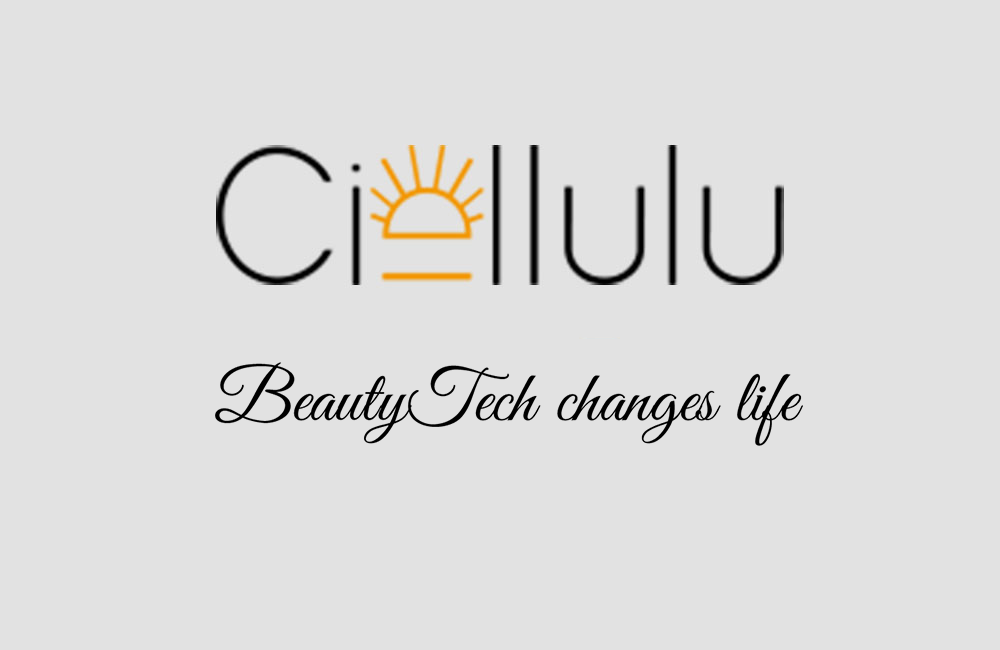How to Customize Ciellulu Liffan Q6 Settings for Different Skin Types

How to Customize Ciellulu Liffan Q6 Settings for Different Skin Types
Title: How to Customize Ciellulu Liffan Q6 Settings for Different Skin Types
Understanding the diverse classifications of skin types before applying any treatment methodology is crucial. The Fitzpatrick skin type classification system is particularly handy when using the Ciellulu Liffan Q6 settings for skin procedures such as laser tattoo removal. The Q-Switched Nd:YAG laser is a commonly used component in laser tattoo removal, thus making it critical to first evaluate different skin types before running the Ciellulu Liffan Q6.
Evaluating Fitzpatrick Skin Types
The Fitzpatrick skin type scale is a tool that categorizes skin types based on their responses to the sun exposure, from very fair (Type I) to deepest dark (Type VI). Depending on your patient's skin type, the energy settings of the Q-Switched Nd:YAG laser can be adjusted to optimal levels, thus ensuring sufficient laser absorption for effective tattoo ink shattering.
How to Adjust Energy for Darker Skin
Adjusting the energy levels for darker skin types requires a fine delicate balance to avoid any adverse reaction. Darker skin-types (V and VI) contain higher melanin levels that can absorb additional laser energy, which can cause skin damage if not correctly managed. Lowering the frequency to reduce melanin absorption while increasing the pulse duration to allow sufficient time for the skin to cool down between pulses are among optimal strategies in the Ciellulu Liffan Q6 for darker skin types.
Avoiding Hypo and Hyperpigmentation
Q6 Pigmentation Removal
Mismanagement and inappropriate Q-Switched Nd:YAG laser settings can lead to complications such as hypopigmentation (lighter than normal skin) or hyperpigmentation (darker than normal skin). Following the right precautions before, during, and after the laser treatment could avoid these unwelcome outcomes. Using the correct energy settings and ascertaining that the pulse duration is optimal for the skin type can ensure a successful outcome.
Customizing Treatment Plans for Sensitive Skin
Sensitive skins require more meticulous care. Low energy settings combined with extended pause intervals between pulses can reduce the risk of unwanted side effects. Topical anaesthesia can also be used in before-treatment preparation for enhanced patient comfort during the procedure.
Best Settings for Optimal Results Across Skin Types
Identifying the optimal settings for the Q-switched Nd:YAG laser is a progressive process. It includes seeking a balance between sufficient laser energy absorption and ensuring the skin’s safety parameters are upheld. Starting treatments at a lower setting to gauge individual patient response before gradually increasing energy levels can ensure a safe and effective treatment. Continuous monitoring throughout the treatment process is critical for achieving optimal results across all types of skin.
In conclusion, successful implementation of Q-Switched Nd:YAG laser treatments using the Ciellulu Liffan Q6 requires an understanding of different skin types and their responses to energy adjustment. Being cautious about possible side effects and having a strategic approach can pave the way for a safe and effective tattoo removal process.
Visit the official Ciellulu webpage for more information: https://www.ciellulu.net/q-switched-nd-yag-laser.
Source: How to Customize Ciellulu Liffan Q6 Settings for Different Skin Types




 Ciellulu Laser - Facial Machine Supplier
Ciellulu Laser - Facial Machine Supplier

